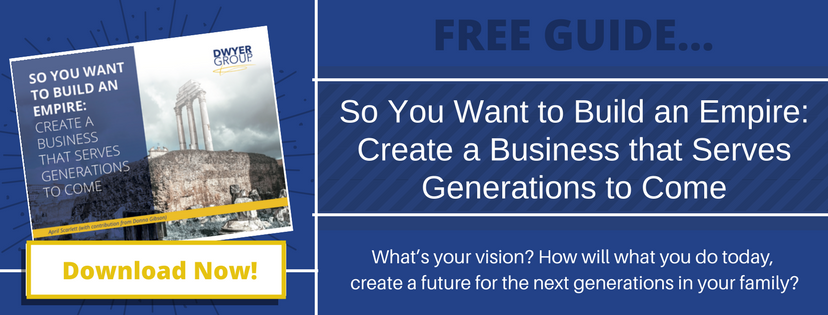 Many people have long-term plans, but short-term sprints can be empowering as you move toward the finish line.
Many people have long-term plans, but short-term sprints can be empowering as you move toward the finish line.
Some 92 percent of people who set goals on New Year’s Eve fail to achieve them. What keeps the remaining 8 percent on target—and successful?
High-achievers are consistent and create specific, challenging, yet realistic goals, says Marcus Schwantes, founder of Leadership from the Core.
Paying attention to the outcome of a goal is imperative as well, says April Scarlett, franchise development content manager at Dwyer Group. “I’m a true believer that things don’t happen without a plan.”
Scarlett says many people mistakenly think they need a “hard-core, rigid” plan to reach career and personal goals. It’s more important to write down goals with a “positive outlook,” she says. “Negative language invokes fear. It’s hard to be afraid when you’re feeling inspired,” says Scarlett, author of “Off the Couch, Back to Business!”
Here are four tactics Scarlett has used to develop a laser-like focus on goals:
- Act as if you’re already there. If you want to be a business owner, you should act, think and talk
 like one, even while you’re learning how to be one, says Scarlett. When she considered starting a business a few years ago, Scarlett inquired about a commercial space for lease. “I had zero experience, but I called the realtor and wasn’t ‘wishy-washy.’ Instead of saying, ‘I’m thinking of maybe opening a business, could I see the place?’ I talked and walked with confidence and said ‘I’m seeking a location for my business.” She opened her business in that location within 4 months.
like one, even while you’re learning how to be one, says Scarlett. When she considered starting a business a few years ago, Scarlett inquired about a commercial space for lease. “I had zero experience, but I called the realtor and wasn’t ‘wishy-washy.’ Instead of saying, ‘I’m thinking of maybe opening a business, could I see the place?’ I talked and walked with confidence and said ‘I’m seeking a location for my business.” She opened her business in that location within 4 months.
- Set a timeline. The big picture is good, says Scarlett, but can sometimes seem too far off in the distance to be attainable. Daily actionable steps can help nudge you toward the finish line. “Don’t be afraid of baby steps, any action that moves you forward is worthy of recognition and can feel empowering.”
- Give yourself visual and audible cues. In her book, Scarlett writes: “You get what you see, not you see what you get.” Scarlett says she uses visualization to get clarity on her goals. “And when you aren’t taking time to visualize, have visual cues around your daily space, like vision boards, or written targeted goals on your desk or bathroom mirror. Your subconscious is always paying attention.” An important aspect of visualization that is often overlooked is bringing emotion into the practice. “Feeling inspired as you see yourself reaching your goals plays a tremendous role in successful visualization,” Scarlett says. Likewise, don’t forget to say your goals out loud. It might initially feel or sound strange, but do it anyway. “Our brains are listening. It’s one more tool to get you where you want to go.”
- Learn from each roadblock. “Every obstacle is an opportunity to learn something new and put something behind you,” Scarlett says. In her book, she writes about the formula she uses each time she runs into some type of resistance, O/LK = SS. Obstacles divided by learned knowledge equal stepping stones to a better outcome.
“Many things in life are out of our control, but not goal-setting,” Scarlett says. “People just don’t realize how much we can do to direct our own future.”
